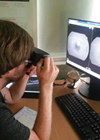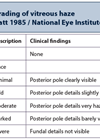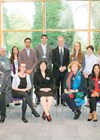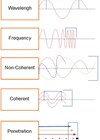Decades have passed and the influence of analysing fundus images by grading consultants and retinal image specialists has grown worldwide. Their job is to specialise in assessing hundreds of diagnosed eye disease disorders and to read thousands of eye images, providing useful result data for clinical trials or contributing towards general patient eyecare.
As an ophthalmic grading specialist in image consultancy, they are exposed to a range of imaging modalities and are fortunate to liaise with wonderful and prestigious personalities in the ophthalmic world of eyecare. It is here that they meet and speak to the professors, surgeons and directors running wonderful programmes across the globe, investigating and achieving admirable work in eliminating avoidable blindness.
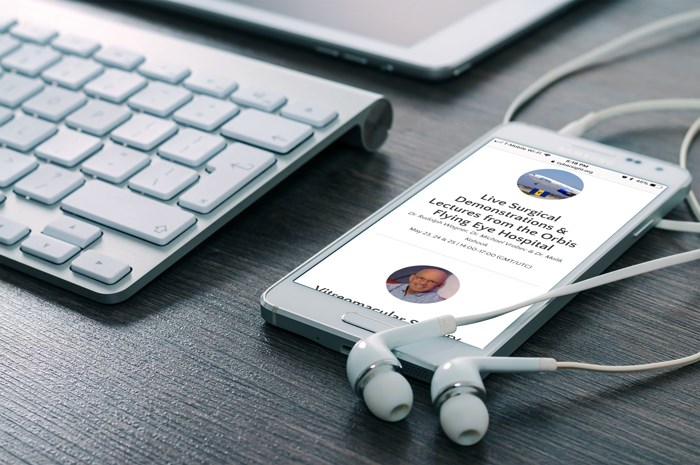
Figure 1: New Cybersight App in use, with live surgical demonstrations
and lectures from the Orbis Flying Eye Hospital.
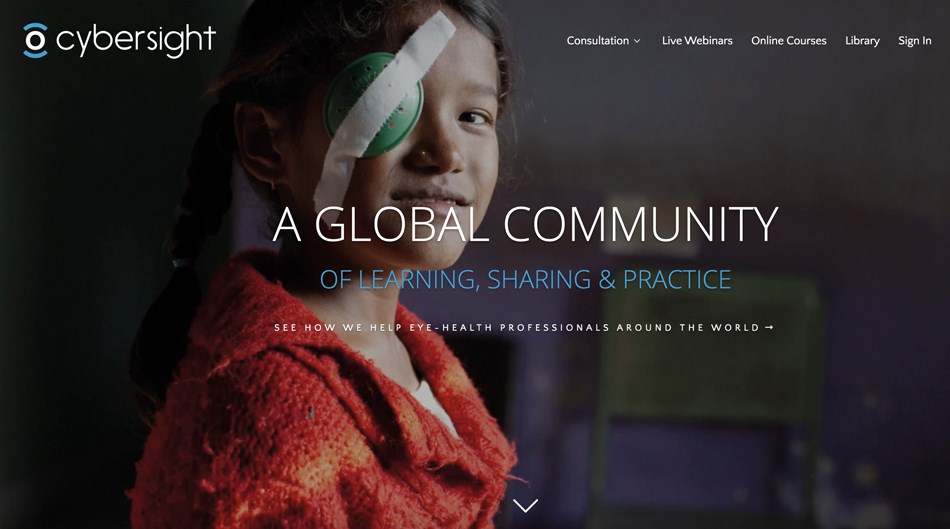
Figure 2: Cybersight’s homepage.
From scholarships to MSc papers at medical schools; anatomy courses to ophthalmology summer schools; delivering and hosting small talks in schools to conference calls with PhD students, so much has been available to cater to the needs and developments of enhanced grading skills. It is a personal privilege as someone that started my career in my late 20s to still be enjoying my role today in my early 40s.
Over the years, I have seen and experienced advanced developments in ophthalmic research image grading. I used to examine patients manually in clinic with a pen and paper in slit-lamp biomicroscopy training before using grading software for diabetic retinopathy (DR) alongside paper results. Later in my career, I was introduced to numerous fundus image reading projects which changed the scope of grading. Examining the retina is not only important for several different clinical findings but also provides insight into the most intricate and complex part of the eye.
I remember assessing optical coherence tomography short videos for age-related macular degeneration, creating grading forms for epiretinal membranes and subretinal fluid findings, then recording these results on excel spreadsheets. Another project entailed having access to a range of drawing software for glaucoma disc measurements during university clinical trials for overseas. Graders would use art tools online to draw ratios onto the optic disc! However, we are now living in an incredible era with the introduction of artificial intelligence (AI), and I am delighted to share with Eye News readers a short insight into the fascinating advancements in grading, specifically Cybersight.
International nonprofit, Orbis, transforms lives by delivering the skills, resources and knowledge needed for accessible quality eyecare. Working in collaboration with local partners including hospitals, universities, government agencies and ministries of health, Orbis provides hands-on ophthalmology training, strengthens healthcare infrastructure and advocates for the prioritisation of eye health on public health agendas. Orbis operates an incredibly diversified, award-winning tele-medicine platform, Cybersight, which gives eyecare professionals in areas with the greatest need free virtual access to training and other resources to better help their patients.
One of the platform’s greatest assets is its artificial intelligence tool, Cybersight AI. This tool can detect abnormalities often associated with common eye diseases like glaucoma, DR and macular disease in just mere seconds by analysing images of the back of the eye taken during routine examinations. When diseases like these are caught and treated early, patients have the best chance of not losing their sight. Founded by Gene Helveston MD in the late 1990s [1], Cybersight aims to ensure that no one is left behind in the AI revolution.
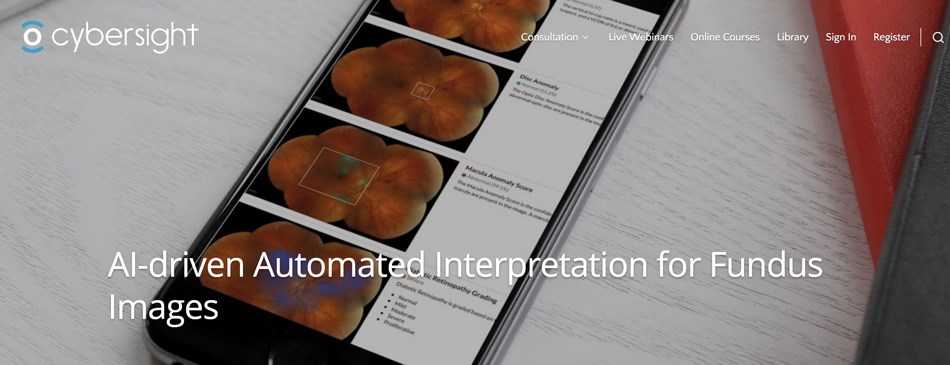
Figure 3: Cybersight Consult supports AI grading of colour
fundus images attached to consultation cases.
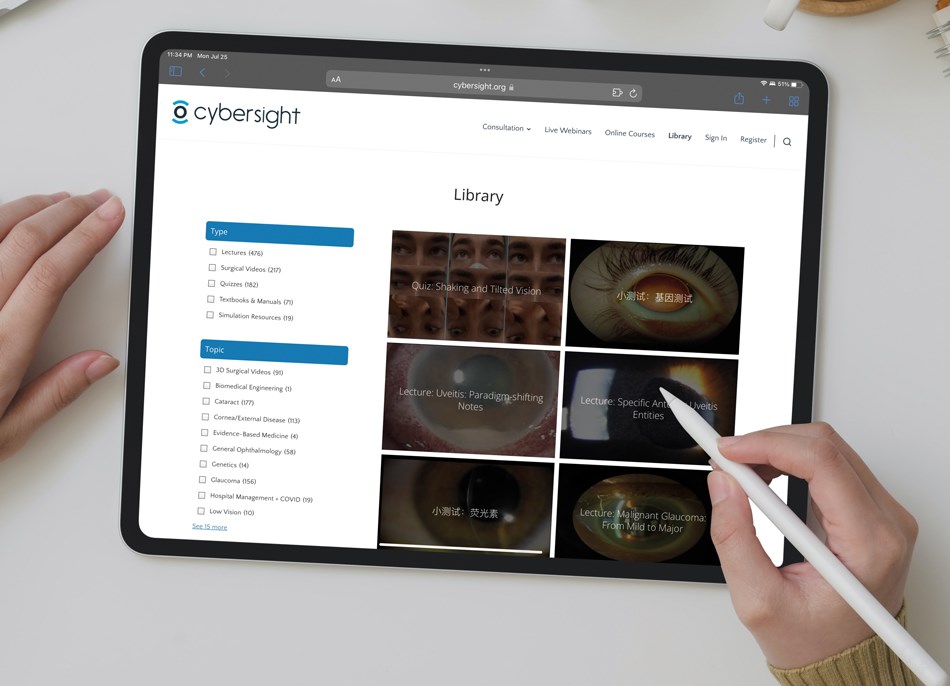
Figure 4: Cybersight’s living library of lectures, surgical
videos and textbooks for eye health professionals.
The platform operates in nearly every country and region worldwide. From access to weekly webinars and live surgical broadcasts to tele-mentoring and ‘machine mentoring’, Cybersight is globalising grading techniques and standard imaging protocols. Celebrating their 20th anniversary, Cybersight now has free content translated in 35 languages and has evolved substantially to incorporate the Cybersight Consult, Cybersight Learn and Cybersight Live Teaching components into its programme.
In 2021, I graded images for the Rwanda Artificial Intelligence for Diabetic Retinopathy Screening (RAIDERS) randomised clinical trial. The number of people living with diabetes is growing rapidly worldwide, with the largest projected increase in Africa estimated at 143% by 2045 [2]. We were evaluating and verifying research grading techniques for a project that was one of the first clinical studies on the practical applications of AI in DR screening in Africa, in partnership with the Rwanda International Institute of Ophthalmology [3].
The study, titled ‘Impact of Artificial Intelligence Assessment of Diabetic Retinopathy on Referral Service Uptake in a Low-Resource Setting’, was published in Ophthalmology Science. The trial was designed to determine if AI-supported DR screening improved referral uptake in Rwanda. The study confirmed that immediate feedback on referral status based on AI-supported screening was associated with statistically significant, higher referral adherence compared with the communication of results from human graders. These results provided evidence for an important benefit of AI screening in promoting adherence to prescribed treatment for diabetic eyecare in sub-Saharan Africa, and the study has the potential to make a big impact for patients with diabetes in the region [4].
After gaining evidence on the practical application and value of AI-based DR screening, a second paper on feasibility and acceptance was released in 2023. The AI system was designed to detect optic nerve and macula abnormalities outside of DR, too. The study concluded again that DR screening using AI led to accurate referrals from diabetes clinics in Rwanda and high rates of participant satisfaction, suggesting that AI screening for DR is both practical and acceptable [5].
I remember the cold Christmas seasonal mornings travelling to reading centres in the snowfall and taking flights from London City airport to Edinburgh, or the breeze of Northern Ireland for a day or two of grading images before returning home to travel back across the world again to regions requiring grading expertise. Yet now here we are, a click away from seeing what others are seeing in virtual clinics across the globe.
I was amazed to read an article by Larry Benjamin who has been involved in training ophthalmic surgeons from Cameroon via Cybersight. “There is a huge appetite for virtual training right now. People have realised the clear benefits; you don’t have to travel. So, it saves huge amounts of time and money. And it gives you instant access to techniques and methods from around the world! People suddenly have a way to broaden their surgical horizons without leaving the comfort of their own practice” [6]. Working remotely and no longer having to travel for new projects into hospitals, clinics and reading centres, located thousands and thousands of miles away – what an incredible new chapter in digital eye medicine.
We grade so many patients with cataracts as inadequate referrals. I was reading a remarkable conversation on technology training for cataract surgery between David Hutton and Dr Maria Montero, Associate Director of Clinical Services, Orbis Flying Eye Hospital, in Ophthalmology Times, which stated: “Tele-mentoring in real surgeries, but also in simulation, is part of what the pandemic taught us, so that we can still teach even from afar” [7].
On a bright, sunny Monday afternoon in the UK, I was delighted to join a call online from the state of Virginia, USA, with 2021 Outstanding Humanitarian Service award winner, global ophthalmologist and Vice President of Clinical Services and Technologies at Orbis International, Dr Hunter Cherwek. Some insightful words from Dr Cherwek for readers of Eye News were, “In my opinion, the gift of sight is priceless, and it’s not a one-time gift – it’s the gift that keeps on giving. Orbis has conducted extensive studies on this outcome. Our research shows the undeniable positive impact on an individual, a family, and a community when just one person has their sight restored and can participate once again in the financial and social fabric of their family and community. Cybersight AI is one-way Orbis is ensuring the gift of sight is available to everyone, everywhere.”
References
1. Ophthalmology Times; Charters L. Module bridges remote gap in learning mentorships (2019).
https://www.ophthalmologytimes.com/
view/module-bridges-remote-gap
-learning-mentorships
2. Ophthalmology Times; Hutton D. Study: Artificial Intelligence screenings improve eye care access in sub -Saharan Africa (2022).
https://www.ophthalmologytimes.com/
view/study-artificial-intelligence-screenings
-improve-eye-care-access-in-sub-saharan-africa
3. Ophthalmology Times; Hutton D. Study shows high patient satisfaction with AI eye screenings (2023).
https://www.ophthalmologytimes.com/
view/study-shows-high-patient
-satisfaction-with-ai-eye-screenings
4. Mathenge W, Whitestone N, Nkurikiye J, et al. Impact of artificial intelligence Assessment of Diabetic Retinopathy on Referral Service Uptake in a Low-Resource Setting. Ophthalmol Sci 2022;2(4):e100168.
5. Whitestone N, Nkurikiye J, Patnaik JL, et al. Feasibility and acceptance of artificial intelligence-based diabetic retinopathy screening in Rwanda. Br J Ophthalmol 2023. DOI: 10.1136/bjo-2022-322683. [ePub published first]
6. The Ophthalmologist; Benjamin L. Those who can, Teach Virtually: Virtual training can revolutionize how surgical skills are shared (2021).
https://theophthalmologist.com/
business-profession/those
-who-can-teach-virtually
7. Ophthalmology Times; Hutton D, Harp MD. Technology and training for cataract surgery (2023).
https://www.ophthalmologytimes.com/
view/technology-and-training
-for-cataract-surgery
[all links last accessed August 2023]
Cybersight.org
Declaration of competing interests: None declared.
Acknowledgments: Photos accredited to Geoff Oliver Bugbee at Orbis International.
Article reviewed by Noelle Whitestone and Jenna Montgomery at Orbis International.
SPECIAL THANKS TO
Dr Hunter Cherwek, Global Ophthalmologist and Vice President of Clinical Services and Technologies at Orbis International.
2021 Outstanding Humanitarian Service Award Winner
COMMENTS ARE WELCOME




